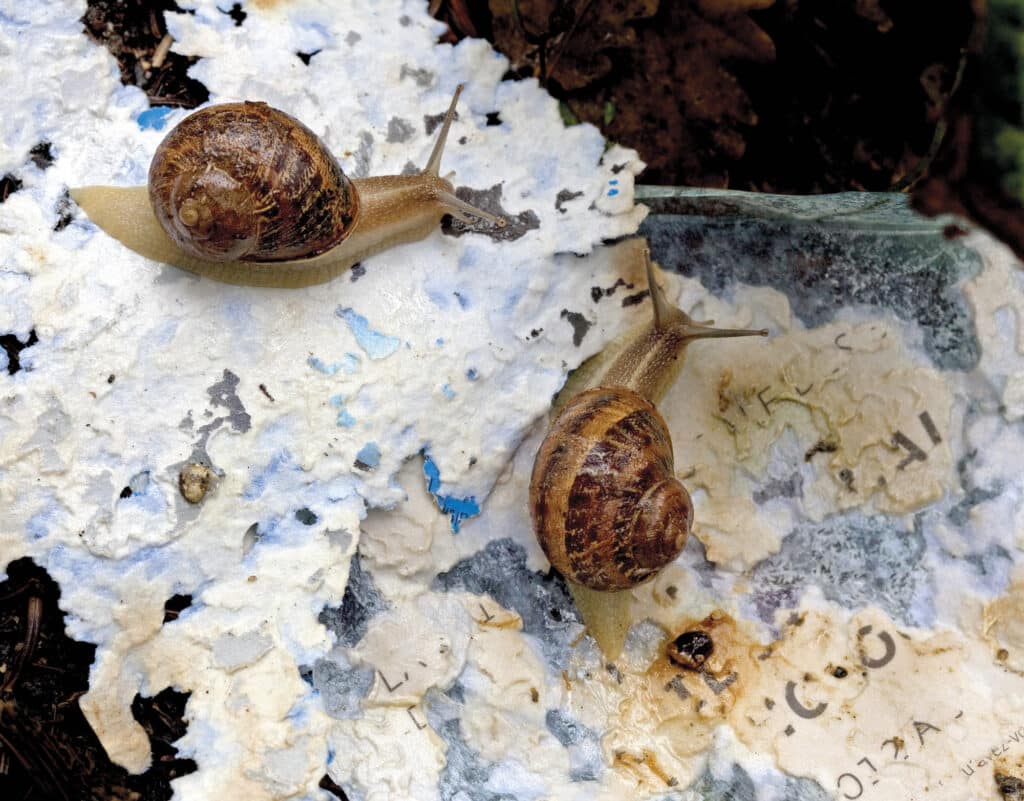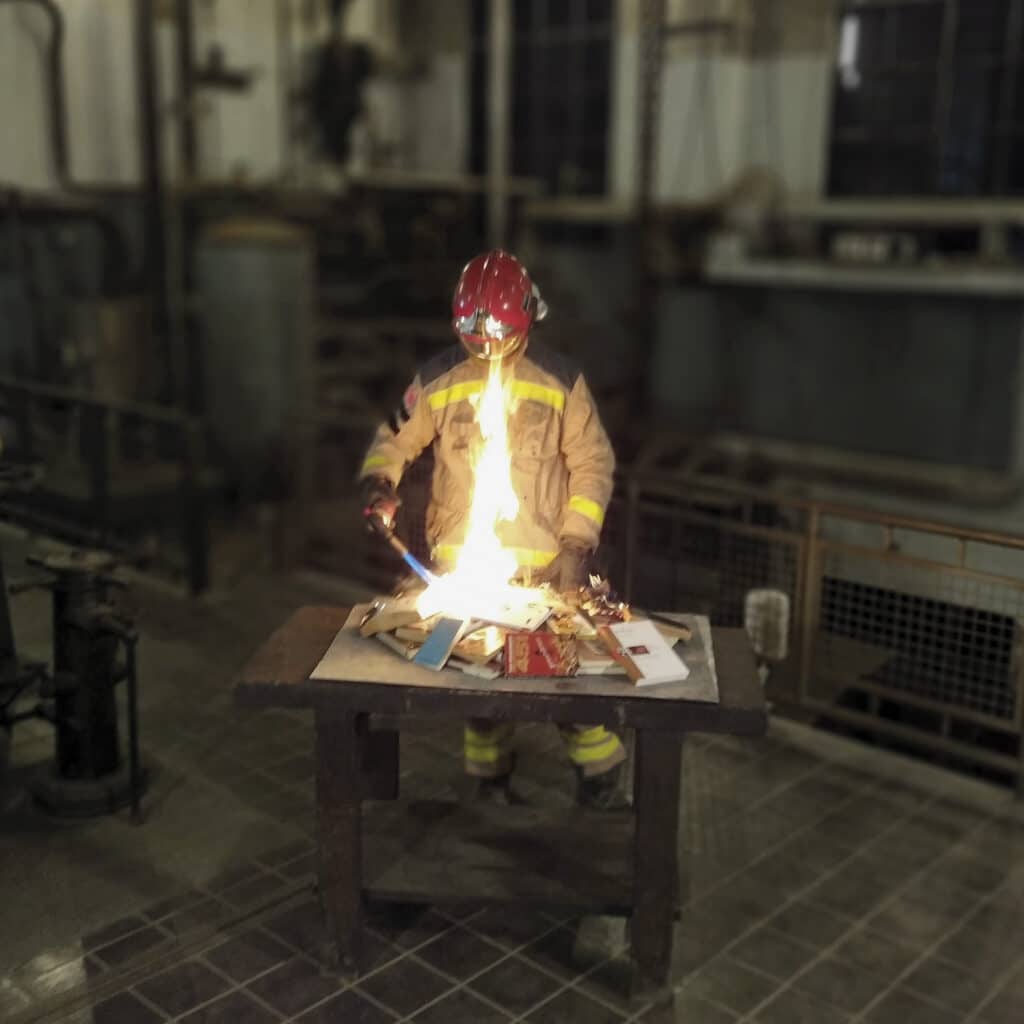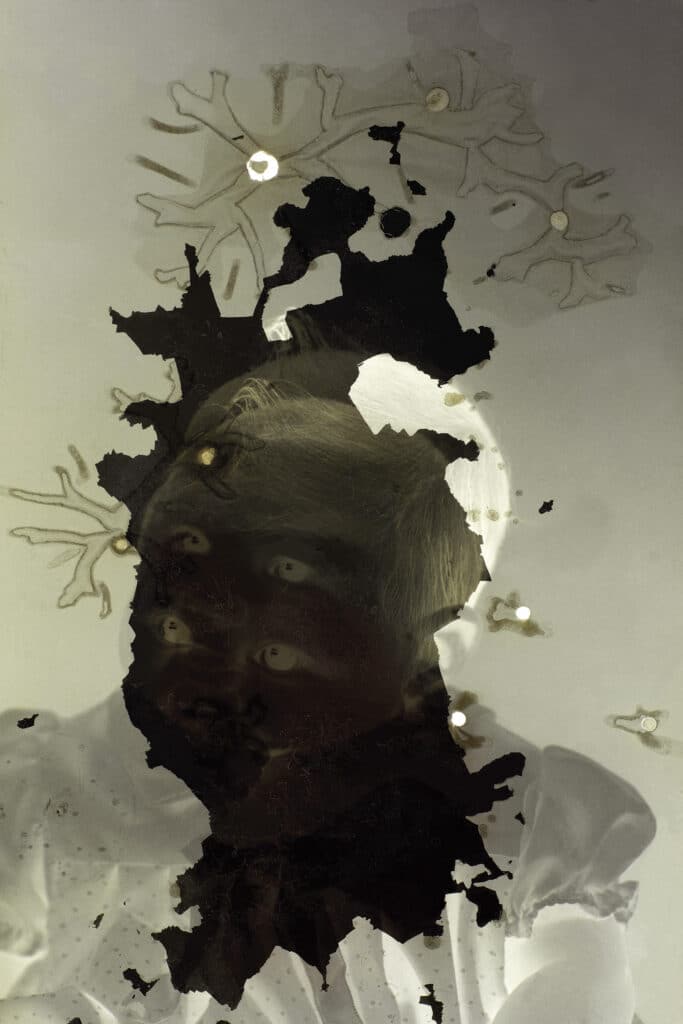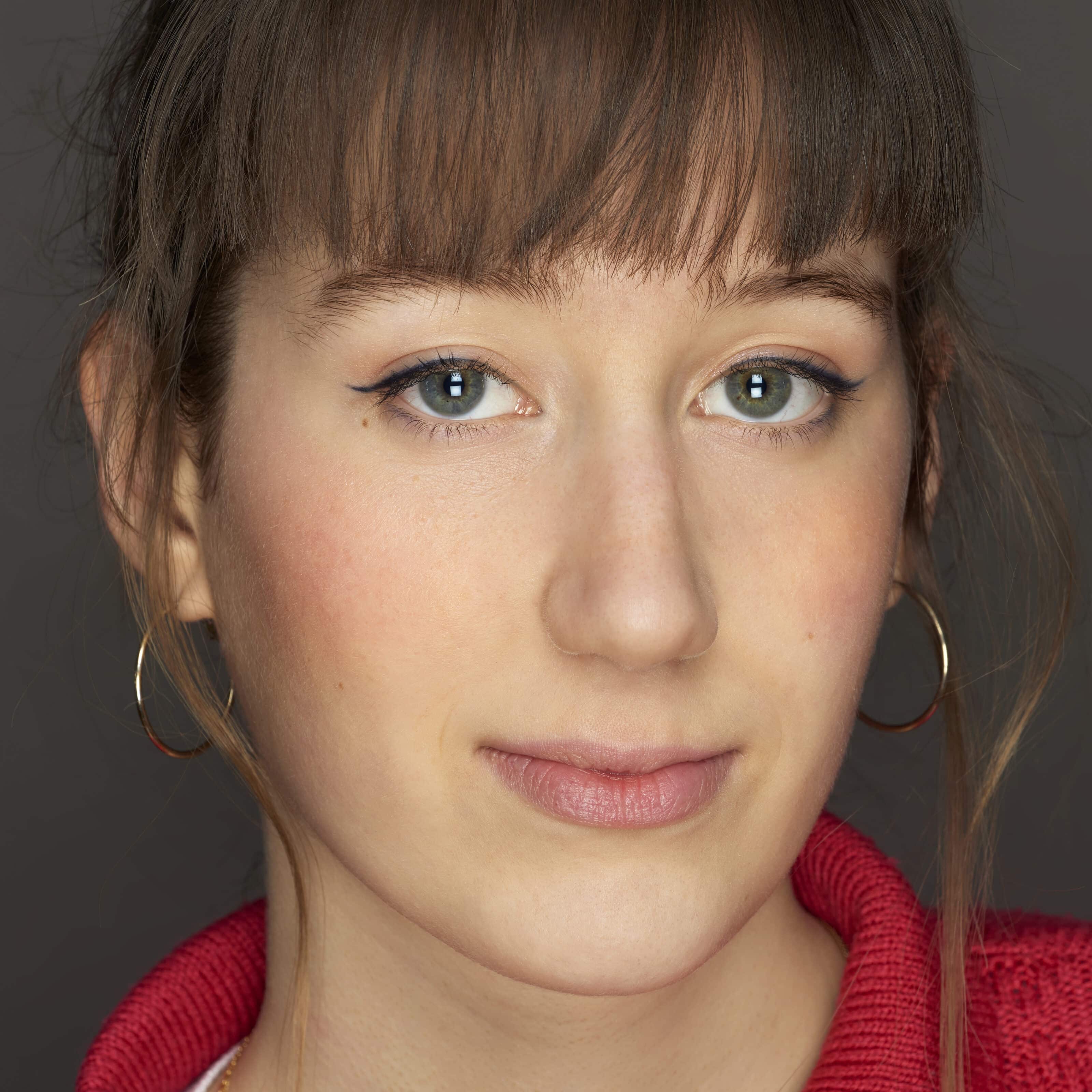Joan Fontcuberta discovered photography at school, when a teacher introduced him to the inner workings of the dark room. He saw it as a real magic trick. He reproduces this magic when he engages in unorthodox experiments in the photochemical laboratory installed in his home. “You talk about working, I talk about having fun,” he says when asked about his photography. Blind spoke with the photographer Joan Fontcuberta at the Rencontres de la Jeune Photographie Internationale.

Joan Fontcuberta, you are the guest of honor at the 2023 Rencontres de la Jeune Photographie Internationale in Niort. Is it important to you to support younger generations of artists?
I have been teaching all my life. Teaching is an important part of my creative work. I am as much an artist as a teacher. When I create, I want to transmit, and finally, I teach to learn. I am constantly in contact with different worlds with which I make new connections with my own work. It is in dialogue with the new generations that I can bring my ideas to life.
In Monsters, your exhibition featured at the Villa Pérochon, you use artificial intelligence. How do you envision its role in the artistic field?
It is a new tool that will allow a wider range of possibilities of expression.
“The old world is dying, and the new world struggles to be born: now is the time of monsters.” Can you explain this quote from Antonio Gramsci that accompanies your exhibition?
For Gramsci, the revolutionary horizon is shifted to the world of the image. Here, analog photography is in transition to a new visual order. Algorithms are the monstrosities.
Is it possible to tame these monsters?
We must try to make the transition from a natural stupidity to an artificial intelligence. Humans are stupid: we need prosthetics to achieve greater intelligence. Technologies such as artificial intelligence can help us, but they may not be able to do this. It is a political, philosophical, spiritual, social question…
To rethink photography is to tame the monsters. Because photography, born during the industrial revolution, was also born with an original sin: to transmit an ideology. And I think that it is necessary to critique it.
And the image is the origin of this critique?
The image is that which our imagination conforms to, it has a very important role. This is not an opinion, it is an observation made by anthropologists and historians. It has always been that, at the foundations of our civilization, interpretation is visual. Let’s take the transition from ape to human. In the beginning, the human communicates through gestures. He generates a sign system that can only be captured by means of the eye. Thought has a visual nature, it is the image that configures the way to organize our idea of reality.
Concerning artificial intelligence, the question of intellectual property is at the heart of the concerns, since a work created by AI is made from other works whose provenance is unknown. What do you think about this?
If we rethink photography, we must also rethink the condition of the author. We must not forget that, historically, this condition is based on the notion of capitalism: it is a question of property. So, do we envisage keeping this notion of property or do we develop an idea of sharing?
I think that the work is much more important than the artist, but every type of technological innovation poses problems for the economy of images. In the future, image professionals will necessarily have to find new methods. What we can eventually do is slow down the arrival of these technologies, or else look for ways to adapt to this situation. But their impact is inevitable, like that of a meteorite.

What do you think photography will look like in a decade or so?
I think that, in the future, today’s categories of the image will undergo change. Painting, drawing, photography … everything will mix together. Already, with the digital camera, we juggle between photo and video. There is already a certain hybridity.
You have said that photos are not eternal. In the future, could the image disappear to make room for the virtual?
Photography has engaged in a battle with time, but the latter has taken its revenge. First of all, the photo as a physical object is kind of a relic. In the past, it replaced the presence of a body. There was a magical, religious, and superstitious attachment to the image. In the nineteenth century, it was an archival tool. But what happens to memory when pictures can be erased? Every image is now condemned to die, just like people. In my work, I am interested in “suffering” images. They come from archives, often degraded by floods or a hostile environment. Damaged, they will soon disappear; but, above all, speak to memory which has almost disappeared.
The relationship between algorithms and memory is the opposite: they anticipate what is to come, while the photograph archives memories and freezes them. Algorithms are a regime of prediction. They are a way of traveling in time but in a different manner.
Joan Fontcuberta, Monsters. March 25 to May 27, 2023. Villa Pérochon, 64 rue Paul-François Proust, 79000 Niort, France. The exhibition is part of the Rencontres de la Jeune Photographie Internationale.




